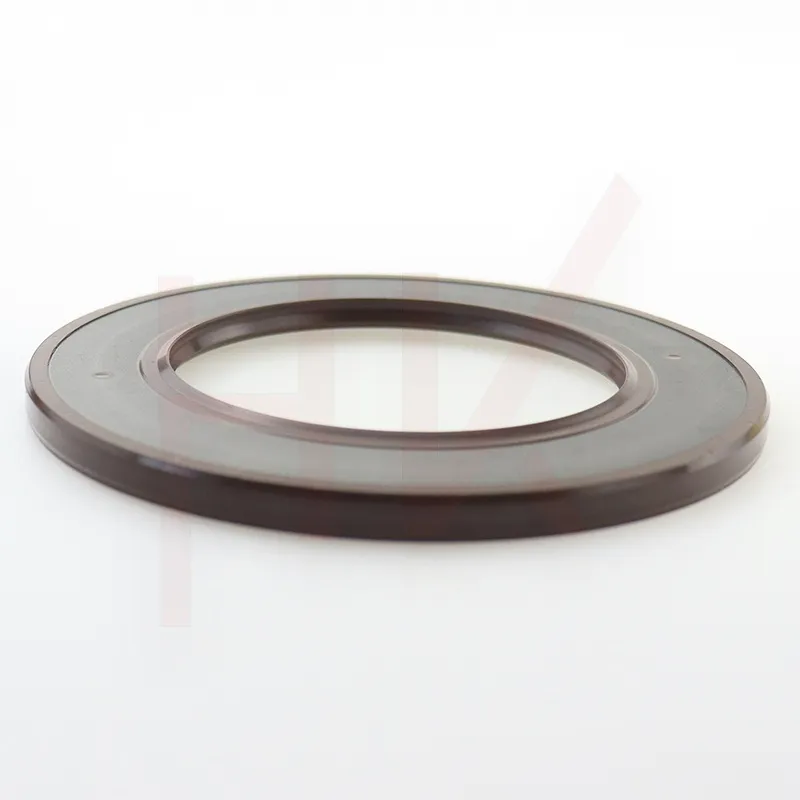نومبر . 14, 2024 17:30 Back to list
hydraulic ram seal replacement
Hydraulic Ram Seal Replacement A Comprehensive Guide
Hydraulic rams are vital components in a variety of machinery and systems, from agricultural equipment to construction vehicles. They are designed to provide powerful lifting capabilities, making them essential for tasks that require significant force. However, over time, the seals within these hydraulic systems can wear out, leading to leaks and reduced efficiency. Regular maintenance, including seal replacement, is crucial for ensuring that hydraulic rams operate effectively and reliably. In this article, we will explore the steps and considerations involved in hydraulic ram seal replacement.
Understanding Hydraulic Rams and Their Seals
Hydraulic rams function by utilizing pressurized fluid to create movement. They consist of a cylinder, a piston, and seals that prevent fluid leakage. These seals play a critical role in maintaining pressure and allowing smooth operation. Typically made from materials like rubber or polyurethane, seals can degrade due to factors such as heat, friction, and exposure to chemicals.
Signs that it may be time to replace the seals include visible leaks, decreased lifting power, or a series of unexpected hydraulic failures. Addressing these symptoms quickly can prevent further damage and costly repairs.
Tools and Materials Needed
Before embarking on seal replacement, gather the necessary tools and materials. This may include
- A socket set or wrenches - Screwdrivers - Pliers - A seal replacement kit specific to your hydraulic ram model - Hydraulic fluid - Cleaning rags - Safety goggles and gloves - A hydraulic jack or lift (if necessary)
Step-by-Step Replacement Process
1. Safety First Always start by ensuring safety. Disconnect the hydraulic system from its power source to prevent accidental operation during repairs. Wear safety goggles and gloves to protect yourself from hydraulic fluid.
hydraulic ram seal replacement

2. Remove the Hydraulic Ram If the ram is part of a larger assembly, it may need to be removed for seal replacement. Use a hydraulic jack to lift the equipment safely and remove any bolts or fittings that hold the ram in place.
3. Disassemble the Ram Once the ram is free, you’ll need to disassemble it. Carefully remove the end caps or other components while taking note of the arrangement. This is crucial for reassembly.
4. Inspect Components As you take the ram apart, inspect all components for wear or damage. Look for scoring on the cylinder wall, pitting on the piston, and any other signs of deterioration. If other parts show significant wear, it may be wise to replace them in conjunction with the seals.
5. Remove Old Seals Using a flathead screwdriver or a seal puller, carefully pry out the old seals. Be cautious to avoid damaging the mating surfaces, as this can lead to further issues with the new seals.
6. Clean the Surfaces With the old seals removed, clean all contacted surfaces thoroughly. Remove any debris, old lubricant, or adhesive residues. A clean surface ensures a proper seal and optimal performance.
7. Install New Seals Refer to the manufacturer’s guidelines for installing new seals. Apply a light coat of hydraulic fluid or suitable lubricant to the outer surface of the seals to facilitate installation and prevent damage. Carefully place the new seals into their respective grooves, ensuring they seat properly without twisting.
8. Reassemble the Ram Once the new seals are installed, reassemble the hydraulic ram by reversing the disassembly steps. Make sure all components are aligned correctly, and tighten screws and bolts to the manufacturer’s specifications.
9. Reinstall and Test After reassembling the ram, reinstall it into the machinery. Reconnect the hydraulic system, refill any hydraulic fluid that may have been lost, and check for leaks during a test run. Monitor the operation closely to ensure everything functions smoothly.
Conclusion
Replacing seals in a hydraulic ram is not only about maintaining equipment efficiency but also about extending the life of the machinery. By following proper procedures and ensuring safety, one can perform this maintenance task effectively. Regular inspection and timely replacements will prevent costly repairs and enhance the performance of hydraulic systems, ensuring they remain a reliable asset in any operation.
-
TCN Oil Seal Metal Ring Reinforcement for Heavy Machinery
NewsJul.25,2025
-
Rotary Lip Seal Spring-Loaded Design for High-Speed Applications
NewsJul.25,2025
-
Hydraulic Cylinder Seals Polyurethane Material for High-Impact Jobs
NewsJul.25,2025
-
High Pressure Oil Seal Polyurethane Coating Wear Resistance
NewsJul.25,2025
-
Dust Proof Seal Double Lip Design for Construction Equipment
NewsJul.25,2025
-
Hub Seal Polyurethane Wear Resistance in Agricultural Vehicles
NewsJul.25,2025
-
The Trans-formative Journey of Wheel Hub Oil Seals
NewsJun.06,2025
Products categories
















